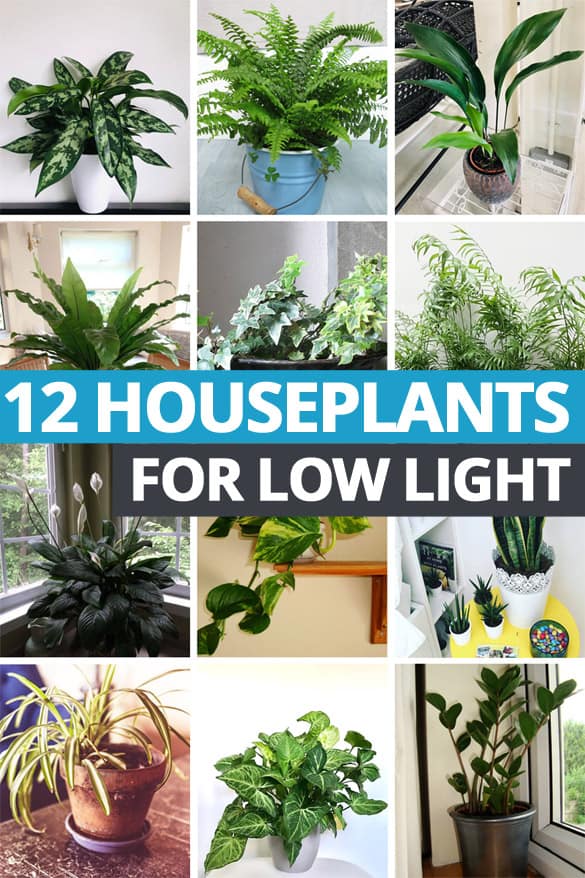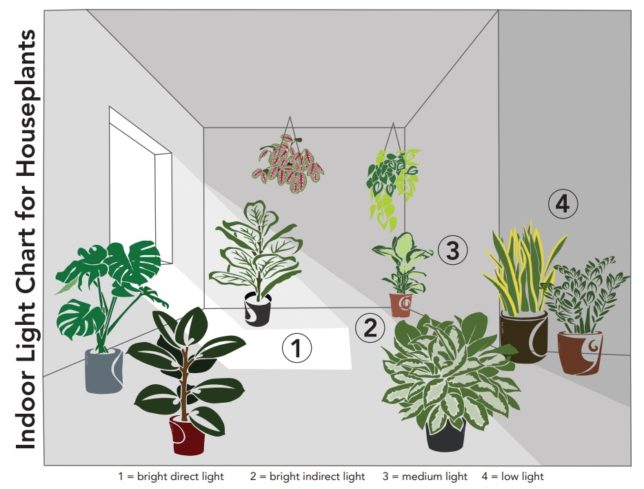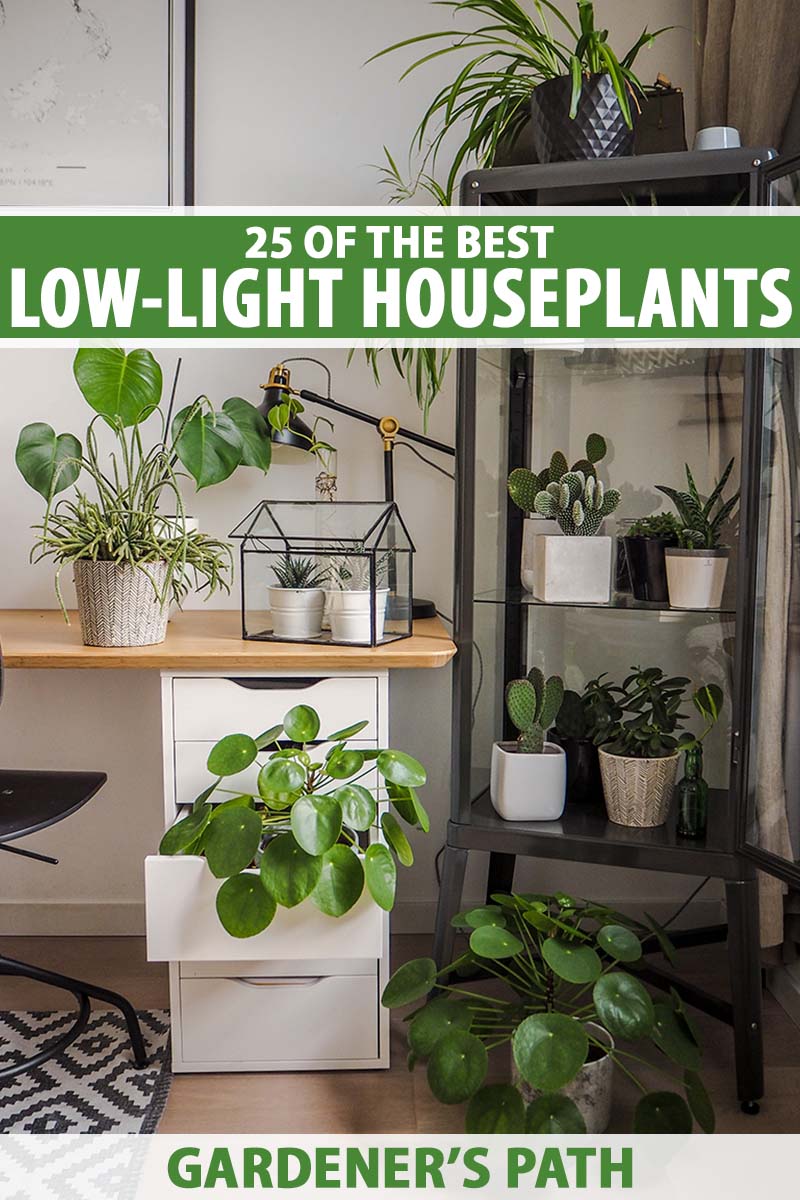Transform Your Home With Beautiful Low-Light Indoor Plants and Their Advantages
Integrating low-light interior plants right into your home can substantially boost both the ecological and visual top quality of your home. These plants, which grow in dark problems, offer not just as decorative aspects however likewise as natural air purifiers, making them suitable for metropolitan residents or those with limited sunshine direct exposure. As we explore the different kinds of low-light plants and their benefits, you might locate shocking methods to integrate them right into your home that can transform your surroundings in means you may not have expected.
Advantages of Low-Light Plants
Low-light plants offer numerous advantages for interior atmospheres, making them an excellent choice for both amateur and seasoned gardeners. Among the main benefits is their flexibility to low-light conditions, permitting individuals to boost their home without the need for considerable sunshine exposure. This particular makes them optimal for apartments, workplaces, and other areas with limited all-natural light.

Additionally, including low-light plants into home decoration can raise the visual allure of a room. Their lavish vegetation and differed appearances develop a soothing environment, contributing to overall wellness. Finally, the visibility of greenery has actually been connected to minimized anxiety levels and boosted performance, making low-light plants a sensible selection for enhancing both physical and mental wellness in interior settings.
Top Low-Light Indoor Plants
While many indoor plants prosper in bright light, several varieties are particularly appropriate for low-light problems, making them ideal for numerous interior spaces. One prominent option is the Serpent Plant (Sansevieria), known for its striking upright leaves and resilience, needing marginal treatment. An additional excellent option is the Pothos (Epipremnum aureum), which features heart-shaped leaves and can track perfectly from shelves or hangers, prospering in reduced light and including a lush touch.
The ZZ Plant (Zamioculcas zamiifolia) is commemorated for its shiny fallen leaves and ability to withstand overlook, making it ideal for hectic way of livings. In a similar way, the Tranquility Lily (Spathiphyllum) not just endures reduced light yet additionally produces stunning white blooms, enhancing any space's visual.
For an unique touch, take into consideration the Cast Iron Plant (Aspidistra elatior), which without a doubt meets its name, prospering in the darkest corners of your home. The Chinese Evergreen (Aglaonema) offers a selection of fallen leave patterns and colors while being incredibly flexible in low-light conditions. These plants not just enhance indoor settings however likewise contribute to air filtration, improving your space.
Treatment Tips for Low-Light Plants

Sprinkling methods are essential; these plants often prefer somewhat completely dry conditions. Overwatering can lead to root rot, so ensure that the leading inch of soil is completely dry before watering again. Usage pots with drainage openings to enable excess moisture to run away.
Moisture is an additional essential variable. Many low-light plants, such as brushes and peace lilies, take advantage of greater moisture degrees. To increase humidity, take into consideration misting the leaves or putting a tray of water near the plants.
Fertilizing should be approached with caution. During the growing season, utilize a diluted, balanced liquid fertilizer each month to sustain development, yet avoid fertilizing during the dormant cold weather.

Imaginative Ways to Display Plants
Indoor plants can function as captivating prime focus in any type of area, improving both visual charm and atmosphere. Innovative screens can raise the aesthetic effect of low-light plants, making them an important part of your home design. One efficient technique is to use tiered plant stands, which allow this post you to showcase multiple plants at varying heights while making the most of floor space.
Hanging planters are another innovative option, developing a feeling of deepness and attracting the eye up. Think about macramé hangers or wall-mounted shelves to introduce a distinct structure and design.
For an extra structured technique, usage geometric terrariums or glass containers to house your plants, including a modern touch to your interior garden. You can additionally repurpose classic items, such as teacups or wooden pet crates, for a diverse display screen that mirrors your individuality.
Enhancing Home Ambiance With Plants
Incorporating low-light plants right into your home not just boosts aesthetic charm yet additionally adds significantly to read this the overall atmosphere. These plants function as all-natural decoration components, presenting a feeling of harmony that can transform any area. The existence of greenery fosters a calming atmosphere, which is particularly beneficial in high-stress settings such as office or living spaces.
Low-light plants, such as snake plants, pothos, and ZZ plants, are not just visually pleasing however additionally improve interior air top quality by filtering contaminants. This twin function improves the ambiance additionally, developing a healthier space (Best low-light indoor plants). The tactical positioning of these plants can also influence the assumption of room; for circumstances, tall plants can attract the eye upwards, making ceilings appear higher and rooms a lot more large
Moreover, differing structures and colors of foliage include deepness to interior design, enabling innovative expression in home designing. Whether put on racks, in edges, or as centerpieces, low-light plants can elevate the mood of any space. In summary, integrating these plants into your home is an efficient method to promote a warm, inviting environment while profiting of enhanced air quality and aesthetic adaptability.
Final Thought
Including low-light interior plants right into home environments supplies many advantages, including boosted visual charm and boosted air top quality. These resistant plants, such as the Snake Plant and Peace Lily, call for very little light and upkeep, making them appropriate for varied lifestyles.
While several indoor plants grow in brilliant light, numerous species are specifically appropriate for low-light problems, making them ideal for numerous indoor spaces. One reliable method is to make use of tiered plant stands, which allow you to showcase numerous plants at varying elevations while making the most of flooring space.
Low-light plants, such as serpent plants, pothos, and ZZ plants, are not only visually pleasing yet also boost indoor air top quality by filtering contaminants. Best low-light indoor plants. The critical placement of these plants can also influence the assumption of room; for instance, tall plants can draw the eye up, making ceilings appear greater and spaces see this website extra spacious
These resilient plants, such as the Serpent Plant and Peace Lily, require minimal light and maintenance, making them appropriate for diverse way of livings.